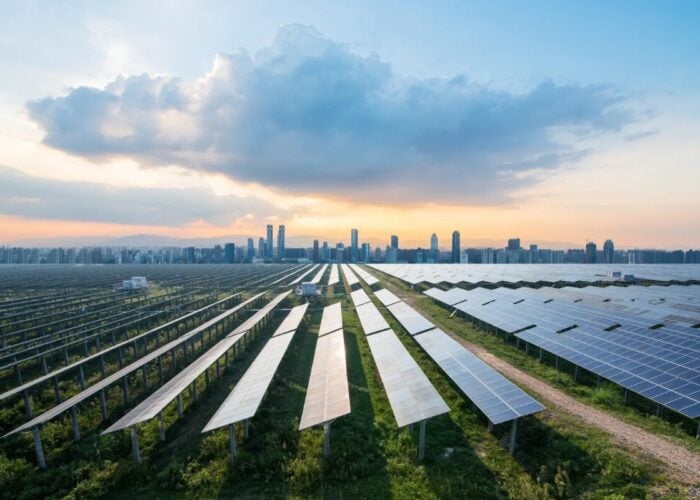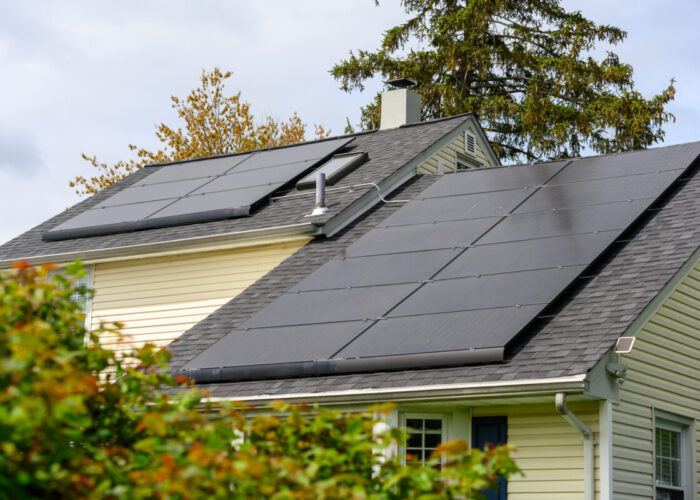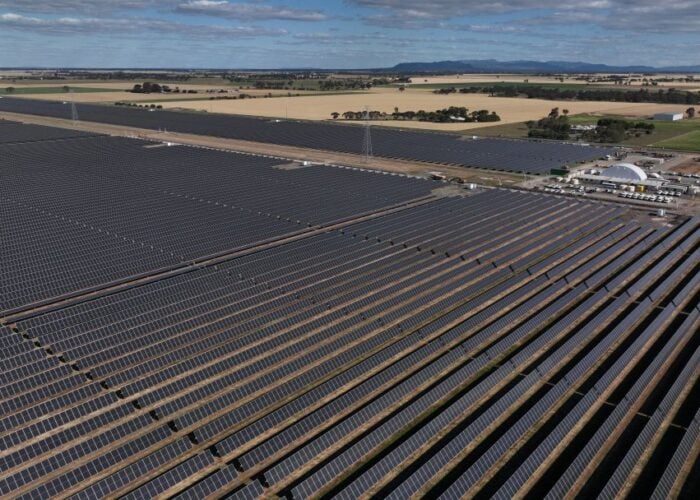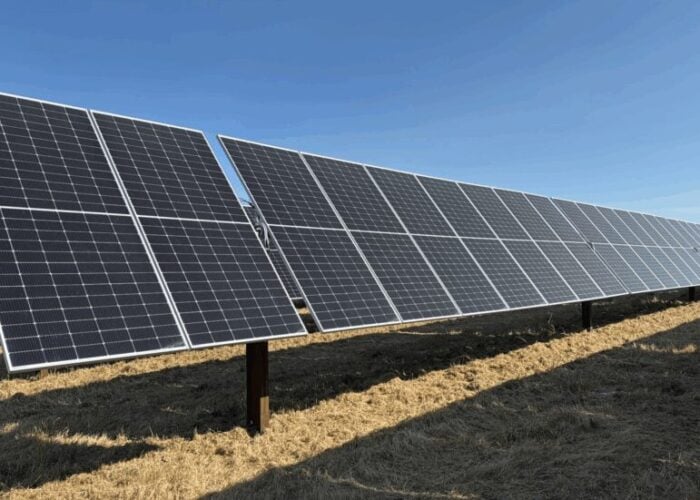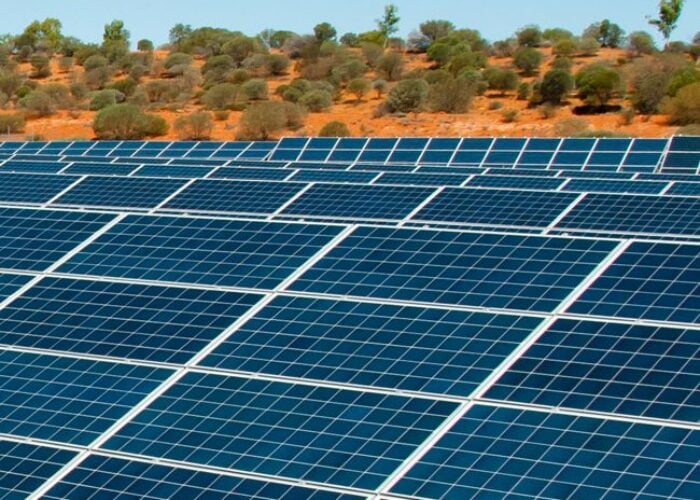The US is lagging behind the likes of Australia and Germany in pushing down the labour costs associated with residential PV installation, a Rocky Mountain Institute study has revealed.
Following a fact-finding tour to Australia, RMI and Georgia Tech Research Institute researchers found the ‘soft’ costs of residential PV installations were US$2.19 per watt cheaper than in the US.
Try Premium for just $1
- Full premium access for the first month at only $1
- Converts to an annual rate after 30 days unless cancelled
- Cancel anytime during the trial period
Premium Benefits
- Expert industry analysis and interviews
- Digital access to PV Tech Power journal
- Exclusive event discounts
Or get the full Premium subscription right away
Or continue reading this article for free
Under its SunShot initiative, the US Department of Energy is seeking to cut the cost of residential solar to US$1.50 by 2020. The study is intended to aid that target by finding ways of driving down the non-hardware costs of PV installations.
The study found that the installed cost of PV in Australia and Germany are both similar at US$2.56/W and US$2.21/W respectively, and nearly half the comparable cost in the US of US$4.93/W.
Of these costs, so-called soft costs, which include labour, account for US$1.20 and US$0.97/W in Australia and Germany respectively, around 50% of the total. In the US, meanwhile, soft costs amount to US$3.38/W– up to 70% of the total.
Breaking this down, the study detailed the main cost differences between Australia and the US as:
- Customer Acquisition – $0.26
- Permitting, Inspection, and Interconnection – $0.05
- Installation Labor – $0.26
- Margin, Financing, and Other Costs – $1.62
The study said that one reason for the difference was the fact that from the start the Australian PV market has been driven by strong incentives, which in turn has prompted competition among installers, forcing them to ‘lean’ their processes.
One particularly telling statistic in the study backing this up is that Australian installers can install systems, without resort to advanced technologies or processes, in around two-thirds the time per kilowatt than US installers.
Based on further analysis, RMI and Georgia Tech concluded that by following some of the methods employed in Australia, US installers could cut 2.3 labour hours per kilowatt from installation times.
This would bring the US average labour time of 9.4 hours per kilowatt down to Australia’s 7.1, helping reduce installation costs, the study said.
Karen Crofton, a principal at RMI. “The observations gleaned from Australia will help U.S. solar providers streamline their installation processes—starting today. If it can be done in Australia and Germany, there is no reason it cannot be done in the US.”
GTRI Senior Research Engineer Joseph Goodman added: “Lessons learned from these leading markets in Germany and Australia are formative for advanced residential and commercial PV racking technologies currently under development.
“Ultimately, we are looking to not only leapfrog best-in-class US systems, but also surmount these global benchmarks—helping us reach the Department of Energy SunShot cost reduction targets.”


